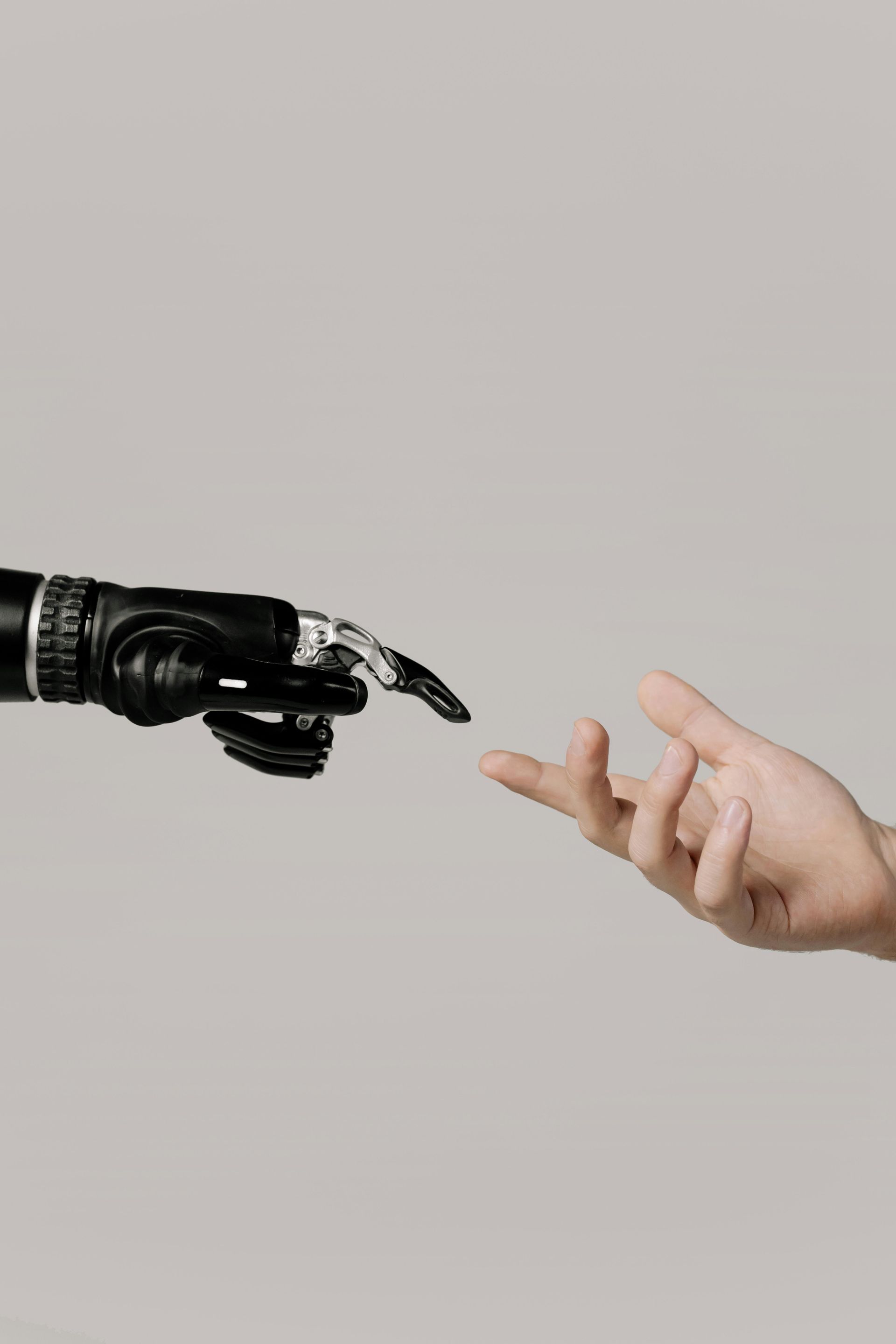When AI Overlooks Culture: Impacts on Hiring, Trust, and Market Expansion

What if your AI tools are unintentionally costing you great hires, damaging team morale, or shrinking your global reach? Cultural bias in AI happens when technology reflects the norms and assumptions of the culture it was built in. That means even the smartest algorithms can struggle to interpret behaviors or communication styles that differ from the data they were designed and trained on. The result? Missed opportunities, disengaged teams, and tech that undermines—rather than supports—your global strategy.
In today’s interconnected workplaces, understanding and addressing cultural biases is ethical, but it’s also about business resilience and growth. This blog post offers a clear, practical overview of where these biases show up and how you can build AI systems that truly support diverse teams and markets, along with business sustainability and growth.
Where Cultural Bias in AI Starts
Even the most advanced AI tools are only as inclusive and effective as the data, logic, and people behind them. A strategic balance is needed. When algorithms are trained on culturally limiting input, they absorb and replicate only those perspectives. When users interact with these systems, their outputs are assessed by these narrow perspectives and embedded into daily decision-making, further reinforcing the cultural skew.
For example, an AI-powered candidate screening tool might consistently prioritize résumés written in a confident, linear narrative, which would unintentionally disadvantage applicants from cultures where humility, collaboration, or nontraditional career paths are the norm. Over time, the bias would become baked into hiring workflows, subtly narrowing the diversity of teams and ideas through:
Built-in design assumptions.
Developers embedded culturally specific norms about how problems are solved—whether in ranking résumés or interpreting communication style. For example, some systems may prioritize linear career progression (common in U.S. contexts), undervalue indirect communication styles (which are typical in Japan), misinterpret modest self-presentation (which is valued in Nordic cultures), overlook group achievements (which are emphasized in many Latin American and Southeast Asian cultures), or penalize gaps in employment that reflect sabbaticals or caregiving norms (which is more accepted in European countries).
Invisible Defaults
Many AI systems assume a “one-size-fits-all” approach to tone, clarity, and engagement, failing to understand or value a vast diversity of communication styles, values, and contextual cues that occur across cultures. For instance, directness may be favored in U.S. business communication, while indirectness is more appropriate in Indonesia. Expressive emotional tone is common in Latin American cultures but may be seen as excessive in Northern Europe. Silence can signal thoughtfulness in Finland but discomfort in France. Hierarchical deference in communication is expected in India, whereas egalitarian dialogue is preferred in Australia. These nuances are often missed by AI systems that are trained on culturally narrow datasets.
There are a variety of cultural differences that can be missed in AI development when organizations don’t know what they don’t know, and systems default to cultural styles that are familiar to developers. Below are just a few examples:
Translation challenges.

Key cultural signals—like honorifics, metaphors, or storytelling structure—can be stripped away, causing confusion or feelings of disrespect.
Directness vs. subtlety.

Feedback tools often prioritize clarity over diplomacy, which may feel confrontational in cultures that value tact, courtesy, and preserving dignity.
Digital tone.

AI-generated messages that emphasize brevity and assertiveness may trigger social tension, lead to a fear of open communication, and even undermine trust in international teams.
Additional Business Impacts of Cultural Bias in AI
Unintentional cultural biases can negatively impact communication and perception among individuals. In addition to shaping the hiring practices mentioned above, AI-driven systems impact other business functions, as well—heavily influencing how teams communicate, make decisions, and interact across cultures. When communication nuances are overlooked, these tools can unintentionally derail performance, collaboration, and trust. Organizations that want to appeal to global markets and maintain a collaborative, engaged workforce should be mindful of this when designing, training, and using AI-supported business systems. For example:
List of services
-
Automated messaging tools:List Item 1
A well-intentioned message written by someone whose culture values humility and indirectness could be misread by AI (and colleagues from more direct cultures) as uncertainty or a lack of confidence. A request such as, “I wonder if this might need a second look?" might intend to show respect and call out a requirement for revisions —but end up misinterpreted as optional.
-
Facial recognition systems:List Item 2
These particular AI technologies rely on massive image datasets to detect and identify faces. Yet many of these datasets underrepresent non-white populations, leading to lower accuracy rates and inconsistent performance—especially in security, onboarding, and verification contexts. This impacts both the user experience and equitable access.
-
Team dynamics and tone detection:List Item 3
AI tools that analyze sentiment or tone in chat platforms may misread everything from indirect phrases to culturally specific expressions. For example, in a global team, someone expressing disagreement through silence (a norm in some cultures) could be missed entirely, leading the AI tool and team to assume there is team agreement and alignment—when the opposite is true.
As you can see above, failure to apply intercultural knowledge into the design and use of AI systems has countless negative impacts on a business, which can further lead to reduced workforce engagement, overlooked talent, and the development of tools that further reinforce cultural biases and divides.
Strategies for Building Effective AI
So does maintaining intercultural awareness mean scrapping technology altogether? Not at all. But it does require a shift from designing on autopilot to designing with intention. A combined human and AI approach to design and utilization elevates performance and outcomes.
There are several ways to accomplish this:
- Inclusive design: Engage diverse cultural voices during the development of AI platforms to ensure that your AI foundation is built with cultural diversity in mind.
- Human-led debriefs. Pair AI-driven assessments with expert interpretation to add cultural context and insight—from beta testing through ongoing use.
- Partner with Intercultural Service Providers: Partner with intercultural training experts to empower your teams with the cultural agility they need to design and utilize effective AI systems. By training designers, developers, and anyone responsible for analyzing AI output, you’ll ensure your technology reflects the diversity of its users—and supports your organization’s ability to engage and serve a global audience.
Why Inclusive AI Design Can’t Wait
The utilization of AI is much more than a technical task—it’s a leadership opportunity with significant intercultural implications. When global organizations take responsibility for the people impacted by their systems, they develop smarter tools, stronger teams, and competitive, targeted strategies.
Cultural bias in AI can quietly derail hiring, trust, and global growth. For more information on how NetExpat can help your organization design inclusive systems and empower culturally agile teams, contact us at info@netexpat.com.
Share this post














